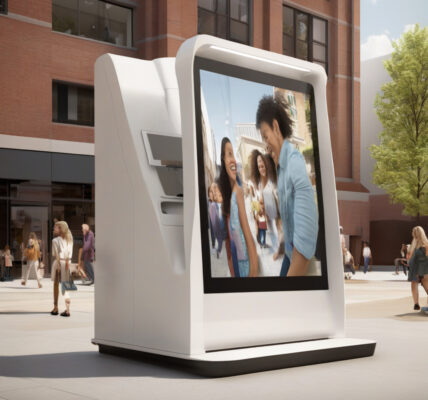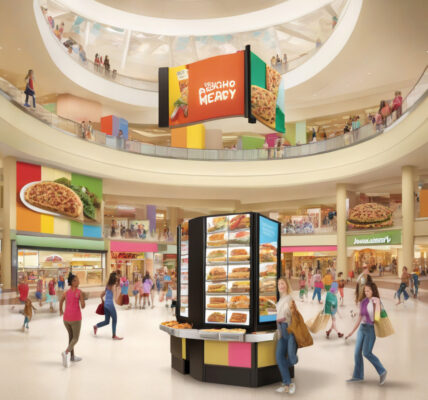Dynamic pricing & promotions: Strategies for resilience in evolving consumer markets
Dynamic Pricing & Promotions: Strategies for Resilience in Evolving Consumer Markets
In the ever-changing landscape of retail, staying ahead of the curve is essential for businesses looking to thrive. With consumer behavior and market trends constantly shifting, it’s crucial for retailers and brands to adapt their pricing and promotional strategies to remain competitive and meet the changing demands of their customers.
One effective strategy that has been gaining traction in recent years is dynamic pricing. Dynamic pricing is a pricing strategy where businesses adjust the prices of their products or services in real-time based on various factors such as demand, competition, and even the customer’s browsing and purchasing behavior. By leveraging data and analytics, businesses can optimize their prices to maximize profits and stay ahead of the competition.
Dynamic pricing allows retailers to respond quickly to market changes and consumer behavior, ensuring that they are always offering the right price to the right customer at the right time. For example, during peak hours or high demand periods, retailers can increase prices to capitalize on the increased demand. Conversely, during off-peak hours or when demand is low, retailers can offer discounts or promotions to attract more customers and drive sales.
Another key element of a successful pricing strategy is promotions. Promotions are temporary marketing strategies designed to incentivize customers to make a purchase. Whether it’s offering a discount on a specific product, a buy-one-get-one-free deal, or a limited-time offer, promotions can help drive traffic to a store or website, increase sales, and build customer loyalty.
When it comes to promotions, it’s important for retailers to be strategic and data-driven. By analyzing customer data, market trends, and competitor strategies, retailers can create targeted promotions that resonate with their target audience and drive results. For example, a retailer may use customer segmentation to offer personalized promotions to different customer segments based on their preferences and purchasing behavior.
To effectively implement dynamic pricing and promotions, retailers and brands need to leverage technology and data analytics. Advanced pricing software and machine learning algorithms can help businesses analyze vast amounts of data in real-time, identify patterns and trends, and make informed pricing decisions. By harnessing the power of technology, retailers can optimize their pricing and promotional strategies to drive sales, increase revenue, and stay competitive in today’s dynamic market.
In conclusion, dynamic pricing and promotions are essential strategies for retailers and brands looking to succeed in today’s evolving consumer markets. By staying agile, data-driven, and customer-centric, businesses can adapt to changing market conditions, meet the demands of their customers, and drive growth and profitability.
Join our webinar on March 5, 2025, to explore how retailers and brands can effectively adapt their pricing and promotional strategies to navigate the challenges of today’s ever-changing retail landscape.
#DynamicPricing, #PromotionsStrategy, #RetailTech, #ConsumerBehavior, #MarketTrends












